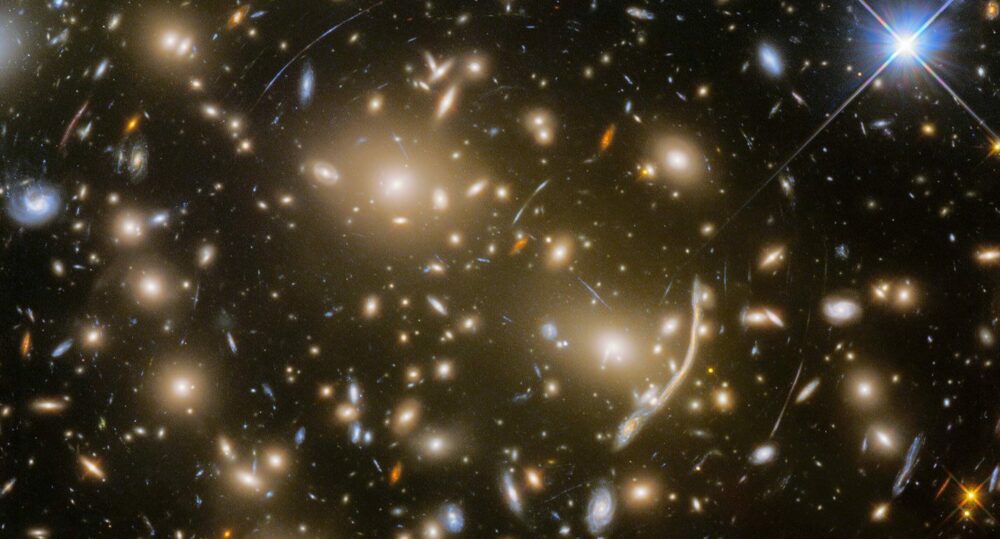We gather world experts on star formation to create a coherent view of the process that leads to the build-up of galaxies across cosmic times. Deep multiwavelength space observations of the universe show us that galaxies are rapidly growing in mass during the first few billion years after the Big Bang. During these phases, large fractions of gas are rapidly converted into stars, black hole seeds rapidly grow, metals are produced and ejected, and highly ionizing photons stream out of galaxies making the universe transparent to radiation (reionisation era). To date, however, we lack understanding of the physics that govern and regulate star formation and stellar feedback at sub-galactic scales. The James Webb Space Telescope (JWST) mission will pave the way to our understanding of the star formation process at physical scales that matter for rapidly evolving galaxies. This ISSI International Team will bring together key expertise on different aspects of star formation in local and high-redshift galaxies, both from multi-wavelength observations and intense numerical simulations. The team will maintain an interactive, open, and continuous discussion with the goal of 1. identifying key science questions to be addressed with JWST observations; 2. create synergies between space observations with the Hubble Space Telescope (HST) and JWST and ground based facilities like ALMA, VLT, Keck; 3. use cosmological simulations to make observational predictions. We plan two meetings. The first meeting will be held in August 2022 prior the Cycle 2 JWST call for proposal, and will help to narrow down potential targets for observations. The second meeting will be held about 1 year after, enabling us to discuss initial results from the JWST observations and write a few Space Science reviews to be published in Springer.

Star Formation Within Evolving Galaxies: The Revolution of Upcoming Space Missions
ISSI team led by Adamo A., Dessauges-Zavadsky M., Richard J. & Vanzella, E.
